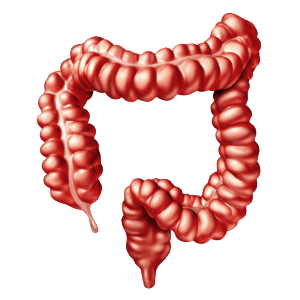Complex Polyp Removal
Depending on the unique circumstances of your polyp, and your doctor’s professional opinion, your removal options may allow you to make a choice between a SURGICAL approach or an ENDOSURGICAL (ENDOLUMINAL) approach.
Surgical Approach
A surgical approach is performed in an advanced care setting (such as a hospital), via small incisions through the abdomen.

Surgical procedures are treated as laparoscopic surgery, and are typically performed in a hospital under anesthesia.
This procedure results in the removal of any part of your colon.
Endosurgical Approach
An endosurgical (or endoluminal) approach is performed within your colon, using an endoscope and other specialized tools.

Endosurgical procedures are performed in non-hospital settings, such as an outpatient clinic. without abdominal incisions.
This procedure allows you to keep your colon.
Both surgical and endosurgical procedures achieve the removal of the polyp, but with different patient experiences, safety profiles, and recovery times.
Post Surgery
After the portion of the colon is removed, the colon is surgically re-attached, without the portion(s) that contained the polyp(s), and the incisions through the abdomen are closed. This procedure is often referred to as a hemicolectomy.
Post Procedure
Because the removal of the polyp is performed endoscopically, the colon is preserved and polyp tissue is removed without incisions. This procedure is considered colon-sparing because it does not involve the removal of a colon segment.
discharge
4-6 DAYS OF HOSPITALIZATION
(if no complications)
Discharge
SAME OR NEXT DAY
Recovery
The typical recovery time is a month or more, to allow the abdominal incisions and the reattached colon to properly heal.
Recovery
The typical recovery time is 1-2 days because there are no skin incisions.

